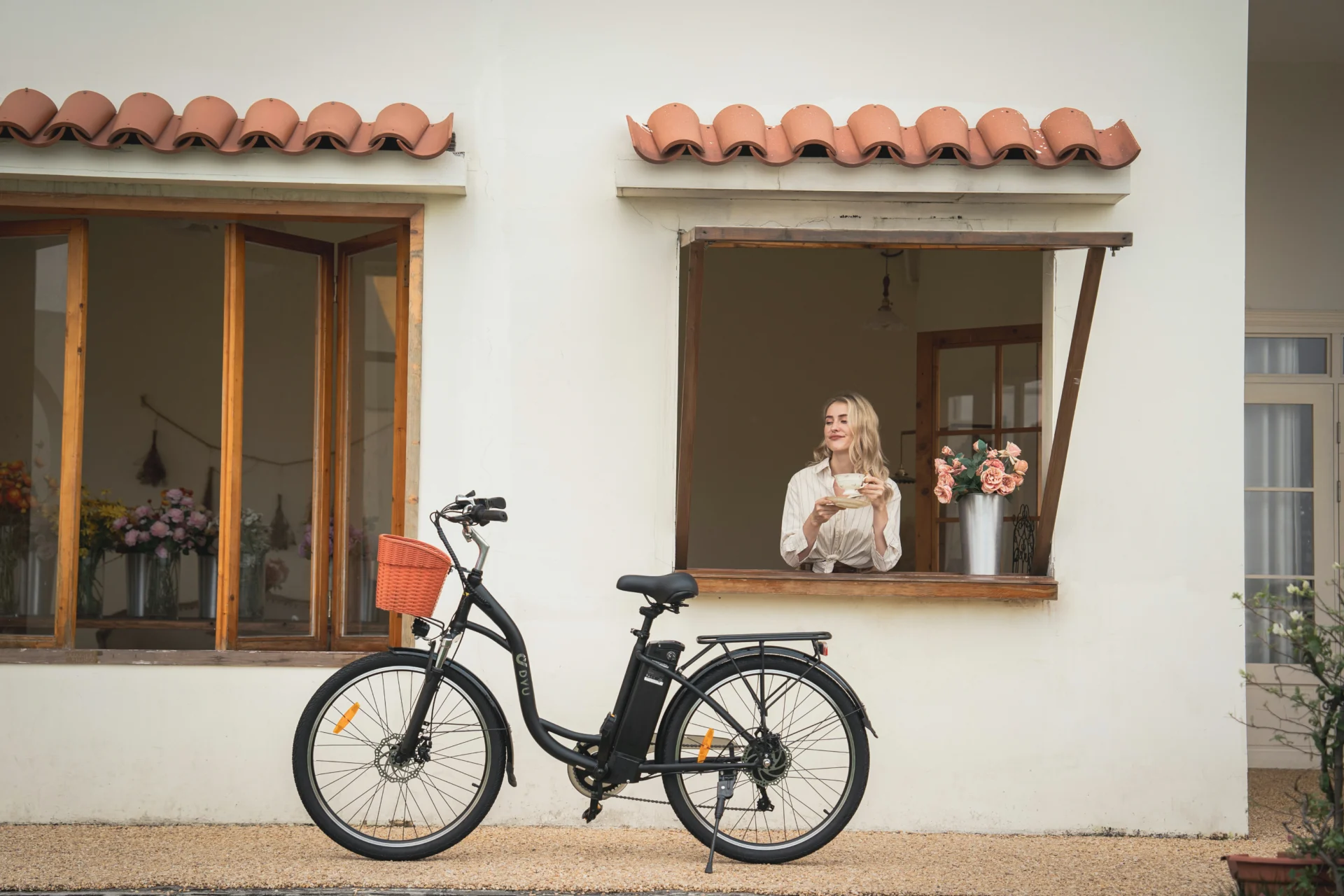Ebikes
Charging Smart: The Do’s and Don’ts of E-Bike Lithium Batteries
If you’re like me and rely on an electric bike to get around — whether it’s for commuting, shopping, or weekend rides — you’ve probably heard how important lithium batteries are. They’re what power your bike, and understanding how to look after them can save you money, time, and frustration in the long run.
In this blog, I’ll walk you through everything you need to know about charging and caring for your e-bike’s lithium battery. I’ll also help you choose the right battery and e-bike for your lifestyle. Let’s dive in.
1. Why Lithium Batteries Matter in E-Bikes
Most modern electric bikes use lithium-ion (Li-ion) batteries — and there’s a good reason for that. They’re lighter, more energy-efficient, and longer-lasting than older battery types like lead-acid or nickel-metal hydride (NiMH).
Here’s what makes lithium batteries so useful for e-bikes:
- High energy density: They store a lot of power in a small space.
- Low weight: You don’t want a heavy battery slowing you down.
- Longer lifespan: Most last between 3–5 years or 500–1000 charge cycles.
- Low maintenance: No need to completely drain the battery before charging.
These batteries also work well in the stop-and-start world of city riding. They give you a smooth boost without delay — perfect for taking off at traffic lights or climbing hills.
2. How to Charge Your E-Bike Battery the Right Way

Charging your e-bike isn’t difficult, but there are a few simple habits that can make a big difference in performance and battery life.
Do:
- Use the original charger that came with your bike.
- Charge in a dry place at room temperature (10–25°C is ideal).
- Top up the battery regularly — don’t wait until it’s completely flat.
- If your bike has a removable battery, take it off the frame to charge indoors.
Don’t:
- Leave the battery charging overnight or unattended for long periods.
- Charge in direct sunlight or in very cold temperatures.
- Use fast chargers or third-party devices unless specifically recommended.
I personally use a smart plug with a timer. That way, even if I forget, the charging stops automatically after a few hours — just a small tip that’s saved me from overcharging more than once.
3. What Not to Do: Common Battery Mistakes I’ve Learned to Avoid
We all learn from experience, and when it comes to e-bike batteries, a few bad habits can shorten their life. Here are some common issues I’ve seen (and made myself):
- Deep discharging: Letting the battery go totally flat too often weakens it.
- Charging in extreme temperatures: Hot garages or freezing sheds can damage battery cells.
- Long-term storage without charging: If you leave your bike unused for weeks, charge the battery to 50–70% and top it up monthly.
- Loose battery connection: Always check that the battery is securely mounted before setting off.
If you notice your battery range dropping faster than usual, it might be time to clean the battery contacts or have it inspected. Dirt and dust can interfere with power delivery more than you’d think.
4. Choosing the Right E-Bike (and Battery) for Your Needs

When I first started looking into buying an e-bike, I didn’t realise how many different battery sizes and bike types there were. What I’ve learned is this: the best choice really depends on how and where you plan to ride.
Here’s a quick comparison of bike types and battery options:
| Bike Type | Battery Size (Ah) | Typical Range (km) | Best For |
|---|---|---|---|
| City Commuter | 10–13Ah | 40–60 | Short daily rides, flat roads |
| Hybrid / Trekking | 13–17Ah | 60–90 | Mixed terrain, longer routes |
| Mountain E-Bike | 17–20Ah+ | 80–120 | Off-road, hills, rural areas |
One great example of a smart city e-bike is the DYU C5 27.5″ City Electric Bike.
It uses a 36V 12.5Ah lithium battery and is ideal for UK city riders who want something simple, comfortable, and efficient. With a top speed of 25 km/h and up to 60 km of range, it’s a great choice for commuting, shopping, or just exploring the neighbourhood. The step-through frame also makes it very accessible for riders of all ages and abilities.
If you’re unsure which bike is right for you, think about your typical route: is it flat or hilly? Short or long? The battery capacity (measured in amp-hours, or Ah) should match your needs — more Ah generally means more range but also more weight and cost.
BUY DYU C55. Battery Care Tips for Long-Term Reliability

Once you’ve got your e-bike, the next step is making sure your battery stays in good shape. Here’s what I recommend:
- Check connections monthly: Clean the battery terminals gently with a dry cloth.
- Avoid full discharge: Try not to run it completely flat, especially in cold weather.
- Store it at 50–70% if not using the bike for more than a week.
- Keep it dry: Store your battery indoors or in a moisture-free shed.
And when the battery eventually reaches the end of its life? Please recycle it properly. Many councils in the UK now accept e-bike batteries at recycling centres. You can also look into schemes from retailers like:
Proper recycling prevents harmful chemicals from entering the environment and supports the reuse of valuable materials like lithium and cobalt.
Final Thoughts: Take Charge of Your Ride
Your e-bike battery is the heart of your ride. If you treat it well, it will keep you moving for years with very little fuss. Whether you’re commuting to work or heading out for a weekend trip, understanding how lithium batteries work — and how to care for them — makes all the difference.
Still deciding which e-bike is right for you? Take your time, think about your daily needs, and don’t be afraid to ask questions. A good battery can make or break your riding experience.
Looking for more help choosing the right e-bike or learning how to maintain it? Check out these helpful resources:
Ready to take charge? Start by caring for your battery the smart way — and if you’re just getting started, now’s the perfect time to choose a bike that truly fits your life.
FAQ
1. How do lithium batteries benefit my e-bike riding experience?
They provide reliable, lightweight power with a longer lifespan, making your rides smoother and your bike easier to handle.
2. How often should I charge my e-bike battery?
It’s best to top up regularly and avoid letting the battery run completely flat.
3. Can I leave my e-bike battery charging overnight?
It’s not recommended to leave it charging unattended overnight to avoid overcharging and potential damage.
4. How do I choose the right battery size for my e-bike?
Consider your typical riding distance and terrain; longer or hillier routes need batteries with higher amp-hours (Ah).
5. What should I do if I’m storing my e-bike for a long time?
Charge the battery to about 50–70%, store it in a dry place, and top up the charge every few weeks.


























































Great tips on e-bike battery care! Really helpful.
Learned a lot about lithium battery dos and don’ts.
Useful tips, but a bit basic for experienced e-bike users.